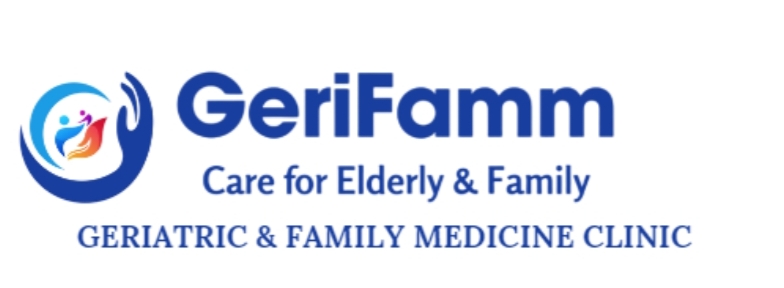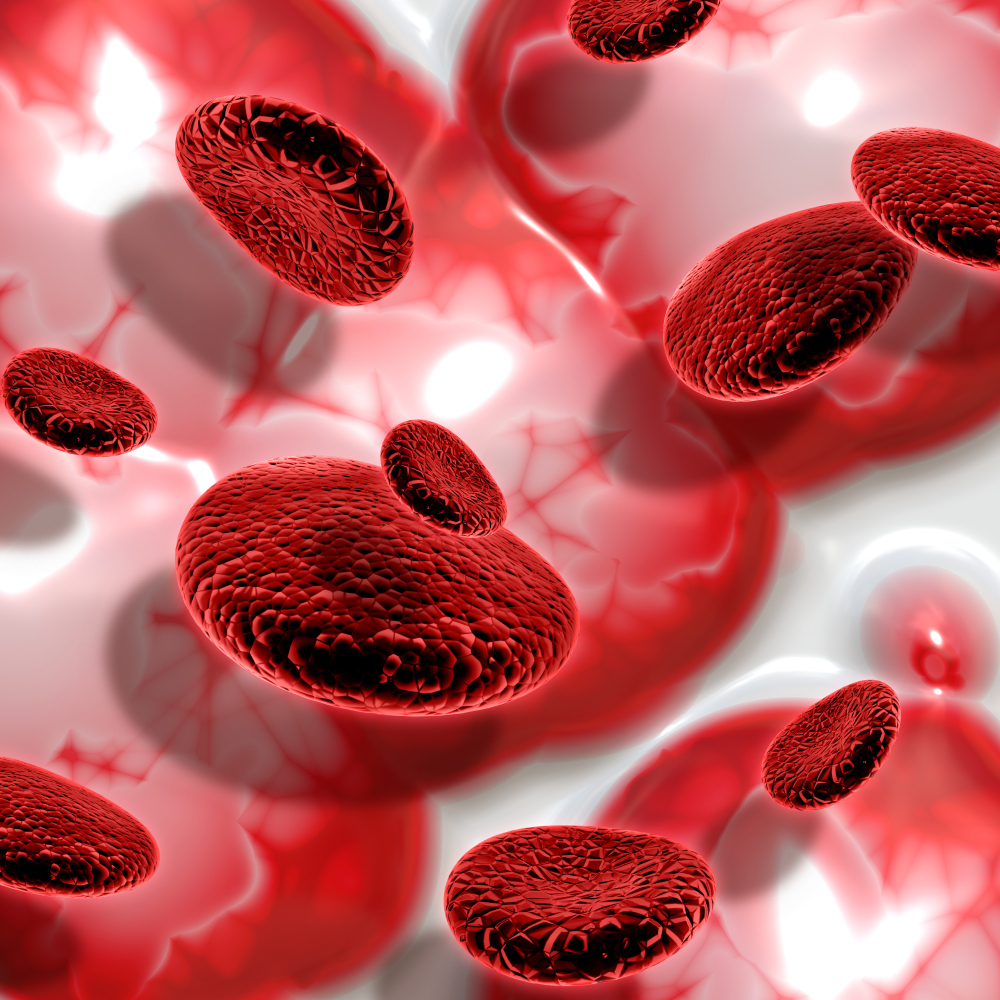What Is Iron Deficiency Anemia?
Iron deficiency anemia is a common blood condition. It happens when your body does not have enough iron. Iron helps make hemoglobin, which carries oxygen in your blood. Without enough iron, your body cannot make enough healthy red blood cells. As a result, your organs and tissues may not get enough oxygen. This can lead to many health problems. According to the World Health Organization (WHO), iron deficiency anemia affects millions of people worldwide. It is more common in women and children. Early detection is important for proper anemia treatment.
Common Signs and Symptoms
Iron deficiency anemia often develops slowly. Because of this, you may not notice symptoms at first. However, as the condition gets worse, you may experience:
Sometimes, children with iron deficiency anemia may have trouble paying attention. They may also grow more slowly than other children. If you notice these anemia symptoms, it is important to seek medical advice.
Main Causes and Risk Factors
There are several reasons why someone may develop iron deficiency anemia. For example, you may not get enough iron from your diet. Or, your body may lose too much blood. Here are some common causes:
Some people are at higher risk. These include women, young children, pregnant women, and people with certain health conditions. Knowing these risk factors can help you prevent anemia.
Diagnosis Methods
If you have signs of iron deficiency anemia, your doctor will likely order blood tests. These tests check your red blood cell count and hemoglobin levels. They also measure how much iron is in your blood. In some cases, your doctor may look for the cause of blood loss or poor iron absorption. Early diagnosis helps guide the best anemia treatment options.
Treatment Options for Iron Deficiency Anemia
Treating iron deficiency anemia depends on the cause and how severe it is. Most people can improve with simple steps. Here are common treatment options:
Sometimes, treating the underlying cause is important. For example, if you have heavy periods, your doctor may suggest ways to manage them. Always talk to your doctor before starting any new treatment for anemia.
Lifestyle Guidance and Prevention Tips
There are many ways to help prevent iron deficiency anemia. For instance, you can:
With these simple steps, you can lower your risk of developing anemia. Early action can also help you stay healthy and active.
When to See a Doctor
If you notice any signs of iron deficiency anemia, do not ignore them. Early treatment can prevent serious problems. Therefore, consult a healthcare provider for personalized advice on anemia. They can help you find the best treatment and prevention plan for your needs.

